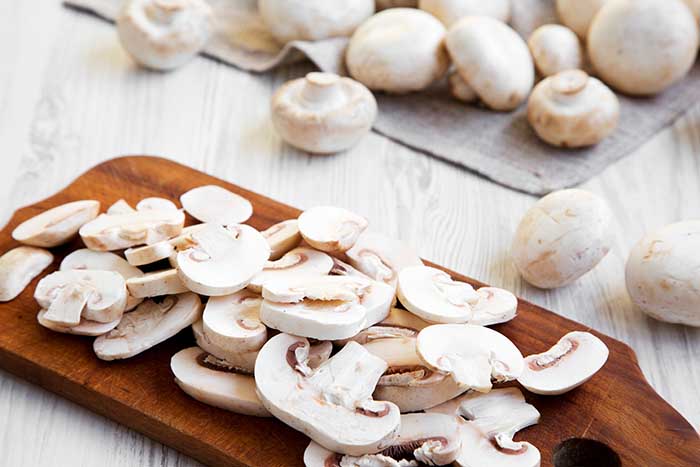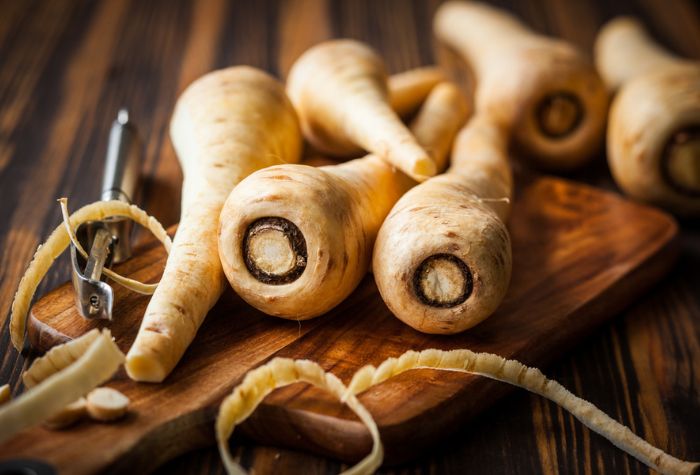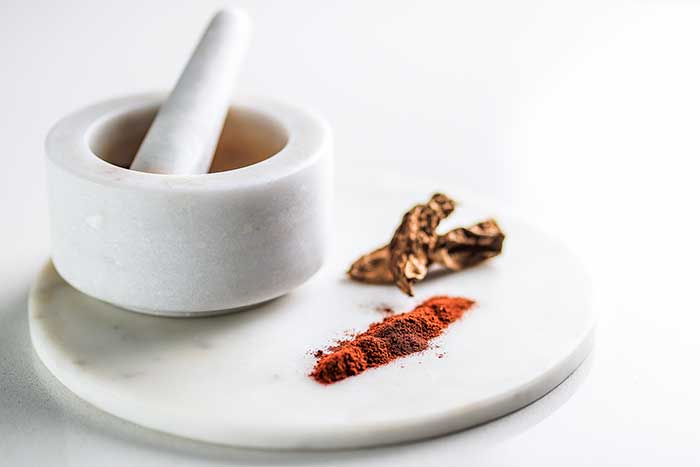Need a quick last-minute tarragon substitute? These best eight ingredient alternatives will get you out of trouble.
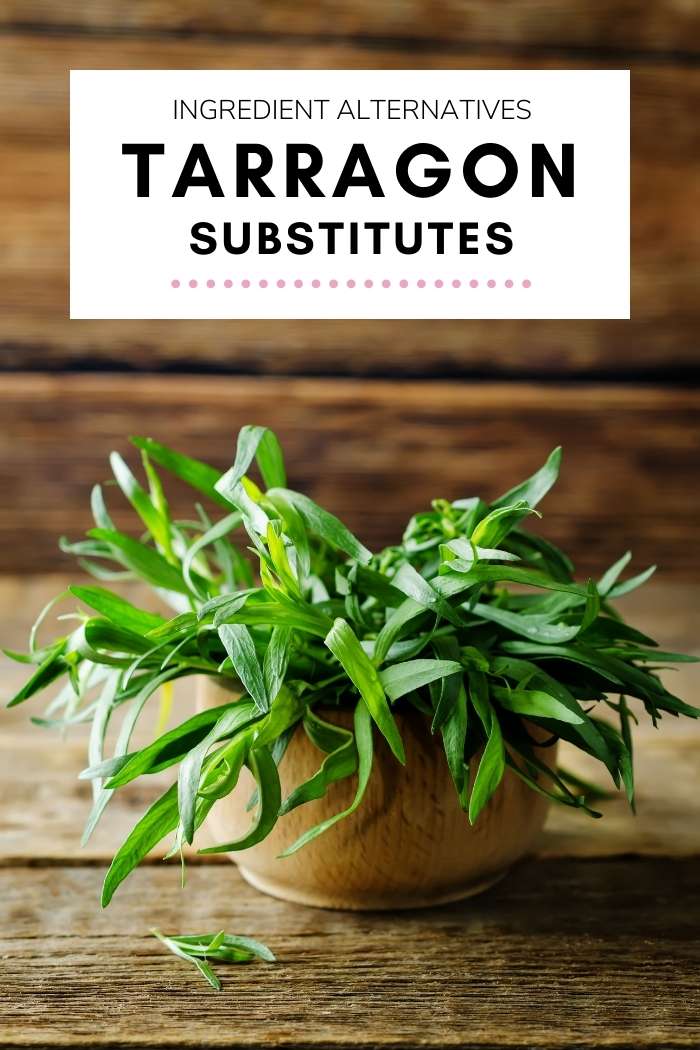
We’ve all been there: You’ve gotten everything you think you need for a recipe when suddenly, halfway through cooking your dish, you see the recipe calls for a herb that you just don’t have at hand. I’ve had this happen to me countless times, and it never gets less frustrating.
However, what you can do is learn substitutes to get you out of trouble if and when such a situation comes up.
Today we’re talking about tarragon, and tarragon substitutes that you can use if you run into trouble.
What is Tarragon?
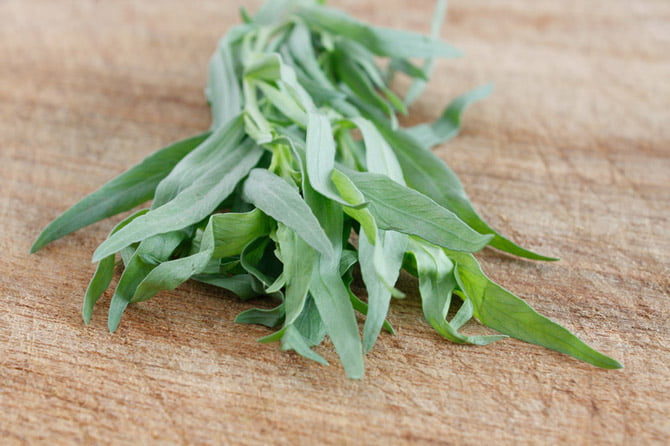
Tarragon is a French and Russian grass-like herb that boasts a strong and aromatic flavor. It’s particularly widely used in French cooking, and is great for use in a variety of sauces.
While it does have quite a distinctive taste, it can easily be substituted by a range of herbs to help your recipes maintain that aromatic and rich flavor.
The taste of tarragon isn’t for everyone, so you might just find yourself wanting an alternative with a slightly different flavour. In any case, we’re going to look at some substitutes that you can make use of today.
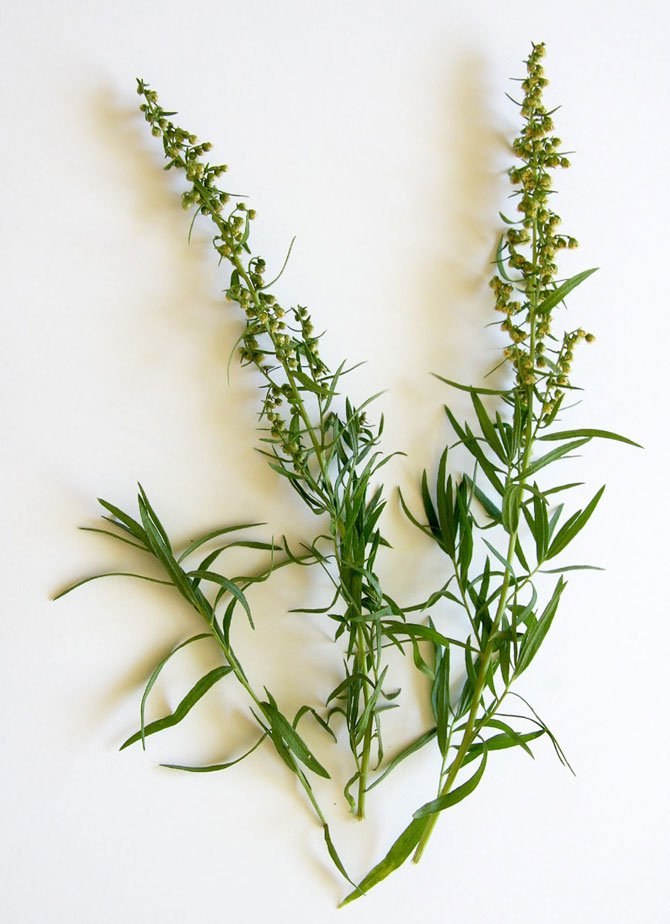
Fresh Tarragon vs. Dried
When you use fresh tarragon in cooking, you usually use its bright green, thin leaves to flavor food. Fresh tarragon has a more intense, herby odor but a milder flavor. It doesn’t hold up well to cooking so you should add it to dishes that don’t have heat, or just as a garnish at the end of meals.
Dried tarragon comes in powder form or as dried leaves. It is brown and brittle in appearance. Its odor is far less herby, with a milder, smokier smell. However, its taste is more concentrated. You can use dried tarragon to add an earthy depth of flavor to foods that cook for a long time, such as braised meat dishes, sauces, and stews.
Can you substitute fresh tarragon with dried?
If you don’t have any fresh tarragon at hand then your first mode of thought might to reach for the dried variety. However, I wanted to address this first and warn against it.
Different taste profiles of different herbs fall into a range of different categories, according to their flavor compounds. If these compounds are volatile, their flavor profiles are at risk of being lost when heated for the drying process or when cooking. This is in contrast to stable compounds, whose flavor profiles don’t change too much when heated.
Annoyingly, tarragon is of the former variety. As a result, the fresh form is always far better than the dried, and in fact, boasts a completely different (and superior) taste.
Alternatives to fresh tarragon
Don’t be disheartened by the stark differences between dried and fresh tarragon. There are plenty of alternatives we can use that work in recipes just as well. Just add an equal amount of any of these herbs:
- Chervil
- Fennel fronds
- Basil leaves
You can also use either fennel seed or anise seed. But be careful: These two are much stronger than tarragon so only use a pinch for each tablespoon of tarragon needed.
Alternatives to dried tarragon
There are some great alternatives to use for dried tarragon, some of which you are much more likely to have at hand in the kitchen. Again, just like with the fresh herbs above, just use the same amount of any of the following substitutes as you would tarragon:
- Marjoram
- Oregano
- Rosemary
- Dill
- Basil
What Does Tarragon Taste Like?
Tarragon has a much more intense flavor than other common herbs such as parsley or basil. It has a bitter, licorice-like taste that is particularly pronounced when the herb is fresh. Many people compare it to similar herbs, fennel and aniseed.
Dried tarragon is not quite as bitter and licorice-like. It has more floral and peppery notes, although it keeps its brightness. In dried form, this herb tastes more like dill.
Substituting Tarragon for Flavor
If you’re not a fan at all of tarragon’s anise seed or liquorice-like taste, it’s really easy to get around it without compromising the overall flavor profile of your recipe.
Try replacing it with an equal amount of dill, basil or marjoram. This will season it well, excluding the tarragon-specific flavor.
What Do You Use Tarragon For?
Tarragon is a very versatile herb that you can use with all sorts of dishes.
Fresh tarragon works best as a garnish. Chop up some of the leaves and sprinkle it on top of scrambled eggs, roasted chicken, or grilled fish. You can also incorporate fresh tarragon with olive oil to make a lovely salad dressing or a sauce for roasted vegetables.
Dried tarragon adds flavor to soups, stews, and other dishes that you have to cook for a long time because its flavors develop well over time. Add it to the mix next time you’re braising beef or pork for lightness to the meat.
What do you use as a substitute for tarragon? Let us know in the comments below!

